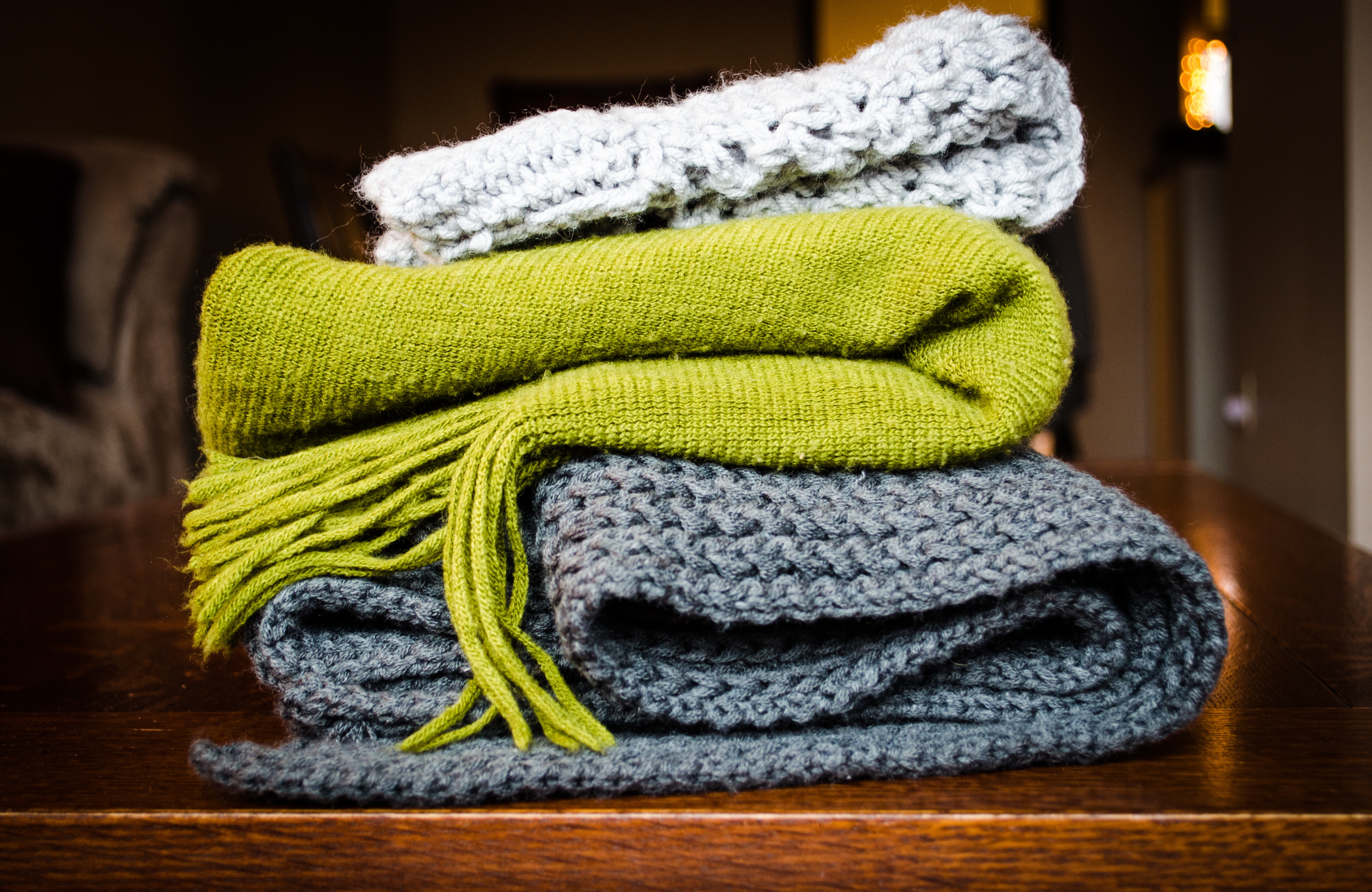Fashion is one of the world’s most polluting industries. Given the critical risks our planet is facing, buying new clothes and accessories, especially ones produced unsustainably, only worsens the staggering levels of pollution. But this doesn’t mean that we need to forego fashion altogether. After all, fashion is a fun and creative outlet for many people. And sometimes you change sizes, jobs, or style and need clothes to better fit your life.
Clothing swaps are one great alternative to traditional shopping. They are an effective way to de-clutter your closet, save money, and get a whole new-to-you wardrobe, while minimizing waste and pollution. Ranging from small gatherings of friends and family to large warehouse events, clothing swaps are beneficial for your wallet and the planet. And of course, swaps don’t need to be limited to adult clothing and accessories — encourage guests to bring kids’ clothes that their children have outgrown. I’ve attended clothing swaps in friends’ homes, at resale boutiques, in large rented venues, and at outdoor festivals. And I’ve scored everything from bundles of kids’ clothes to dresses with the tags still on.
Here are some tips for hosting your own clothing swap:
This year, we’ve seen Mutual Aid in Motion.
From scaling sharing hubs to Mutual Aid 101 trainings, we’re helping communities build the tools they need.
Every dollar fuels lasting resilience – proving that when we move together, we all move forward.
1. Clothing swaps can be held anytime, but holding one at the change of seasons — the start of spring or fall — is an ideal time as this is generally when people are looking to update their wardrobe.
2. Invite the right number of people for your space. Living room swaps are generally suitable for 8-15 guests, though if you have a larger living room, you can invite more people. Send invitations well in advance. This can be done online through platforms like Evite or through handwritten cards. Make sure to send at least one reminder a few days before the swap.
3. To keep the swap as fair as possible, encourage your guests to bring a minimum and maximum number of items in order to participate. Also, be clear that items should be clean and in gently used condition — your moth-eaten sweater and dirty Birkenstocks are less likely to find a new home.
4. Leave yourself time to organize and set the ground rules for swapping. Clothing swaps should be fun and don’t have to be a stringent affair, but proper planning and clear guidelines can make them run seamlessly.
5. As people arrive, explain how the swap will work and ask guests to place their items in the designated areas. Typically people organize by clothing type (dresses, tops, pants, shoes, etc.). Leave some time to “window shop” before explaining your established system. Your swap system could be having shoppers take turns choosing two items each or divvying out tokens for each item a guest donates so everyone goes home with a fair number of items.
6. Don’t expect “attire equality.” Just because your cast-offs include Versace doesn’t mean you should expect the same from guests. It’s not about what’s worth more and who gets what. It’s about gifting the items that no longer serve you and seeking items that may be a better fit for your body and your life.
7. Gather whatever is left and select a nonprofit to receive leftover clothing and accessories. Good quality attire can go to your local chapter of the Alliance of Career Development Nonprofits, which offers clothing appropriate for job interviews and more. More casual castoffs can go to Goodwill or Salvation Army.
8. Clothing swaps are great way to connect with friends, neighbors, and community members. Encourage your guests to host their own clothing swaps.
Header image by Kelly Sikkema via Unsplash

